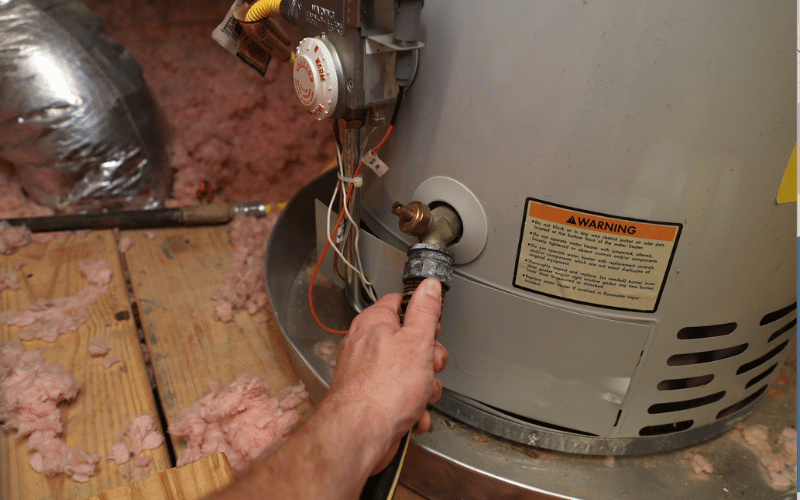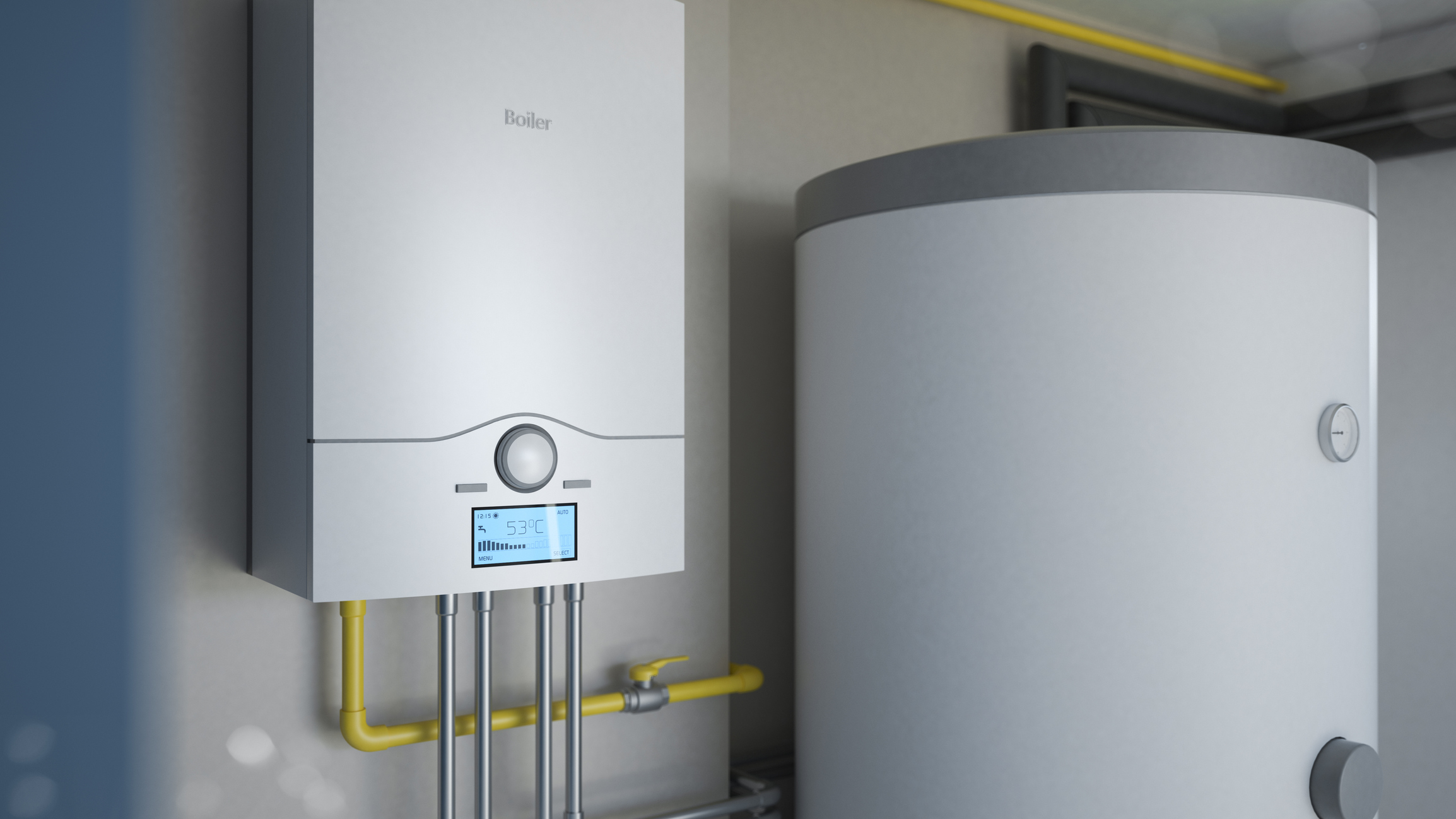Maintaining Your Home's Hot Water System: Important Guidelines
Maintaining Your Home's Hot Water System: Important Guidelines
Blog Article
The writer is making a number of good observations on What Kind of Maintenance Do Water Heaters Need? in general in this article below.

Hot water is vital for everyday convenience, whether it's for a revitalizing shower or cleaning recipes. To ensure your hot water system runs effectively and lasts much longer, normal maintenance is crucial. This short article provides functional pointers and understandings on just how to maintain your home's hot water system to stay clear of interruptions and pricey fixings.
Intro
Maintaining your home's warm water system could appear challenging, however with a couple of simple steps, you can ensure it runs smoothly for years to come. This guide covers everything from comprehending your hot water system to DIY upkeep pointers and recognizing when to contact professional aid.
Significance of Preserving Your Warm Water System
Regular maintenance not only expands the life expectancy of your hot water system however additionally ensures it runs efficiently. Neglecting upkeep can lead to reduced effectiveness, greater power costs, and even early failing of the system.
Indicators Your Warm Water System Requirements Upkeep
Recognizing when your warm water system requires interest can prevent major issues. Look out for indicators such as inconsistent water temperature, weird noises from the heating unit, or rustic water.
Flushing the Water Heater
Purging your hot water heater removes debris buildup, boosting performance and lengthening its life.
Monitoring and Replacing Anode Rods
Anode poles avoid rust inside the tank. Evaluating and changing them when worn is critical.
Facility Problems Needing Expert Assistance
Instances consist of significant leakages, electric problems, or if your hot water heater is continually underperforming.
Routine Professional Upkeep Conveniences
Specialist maintenance can consist of comprehensive evaluations, tune-ups, and making sure compliance with safety requirements.
Checking and Adjusting Temperature Level Settings
Readjusting the temperature level setups ensures optimum efficiency and safety and security.
DIY Tips for Upkeep
You can carry out a number of upkeep tasks yourself to keep your hot water system in leading condition.
Checking for Leakages
Consistently check pipes and links for leaks, as these can bring about water damage and greater expenses.
Comprehending Your Hot Water System
Prior to diving right into maintenance jobs, it's practical to recognize the fundamental elements of your warm water system. Usually, this consists of the hot water heater itself, pipes, anode poles, and temperature level controls.
Regular Monthly Maintenance Tasks
Normal monthly checks can assist capture minor problems prior to they rise.
Examining Pressure Relief Valves
Testing the stress safety valve ensures it works appropriately and stops excessive stress accumulation.
Shielding Pipes
Insulating warm water pipes lowers warm loss and can conserve power.
When to Call a Professional
While do it yourself upkeep is valuable, some problems need expert know-how.
Conclusion
Routine maintenance of your home's hot water system is essential for effectiveness, longevity, and price financial savings. By adhering to these ideas and understanding when to look for professional help, you can ensure a trustworthy supply of warm water without unexpected interruptions.
How to Maintain an Instant Hot Water Heater
Before tinkering with your hot water heater, make sure that it’s not powered on. You also have to turn off the main circuit breaker and shut off the main gas line to prevent accidents. Also turn off the water valves connected to your unit to prevent water from flowing into and out of the appliance. 2. When you’re done, you have to detach the purge valves’ caps. These look like the letter “T†and are situated on either side of the water valves. Doing so will release any pressure that has accumulated inside the valves while at the same time avoid hot water from shooting out and burning your skin. 3. When the purge valves’ caps are removed, you have to connect your hosing lines to the valves. Your unit should have come with three hoses but if it didn’t, you can purchase these things from any hardware or home repair shops. You can also get them from retail stores that sell water heating systems. Read the user’s manual and follow it to complete this task properly. When the hosing lines are connected, open the purge port’s valves. 4. You should never use harsh chemical cleaners or solutions when cleaning your unit. Make use of white vinegar instead. It should be undiluted and you’ll probably use about 2 gallons. 5. Now flush your water heater. This task should probably take about 40 minutes. We can’t give you specific directions for this because the procedure is carried out depending on the type, model and brand of your heater. With that being said, refer to the user’s manual. 6. When you’re done draining the unit, you have to turn off the purge port valves again. Remove the hosing lines that you earlier installed on each of the water valves. Put the valve caps (purge port) back in their respective places and be very careful so as not to damage the rubber discs that are found inside these caps. 7. Now that everything’s back in place, check your user’s manual again to find out how to reactivate your water heating system. 8. Once it is working, turn one of your hot water faucets on just to let air pass through the heater’s water supply pipes. Leave the tap on until water flows smoothly out of it. https://www.orrplumbing.com/blog/2014/september/how-to-maintain-an-instant-hot-water-heater/

As a reader about Tips on Maintaining a Water Heater, I thought sharing that piece of content was sensible. Sharing is good. Helping people is fun. Many thanks for taking the time to read it.
Click Here To Read More Report this page